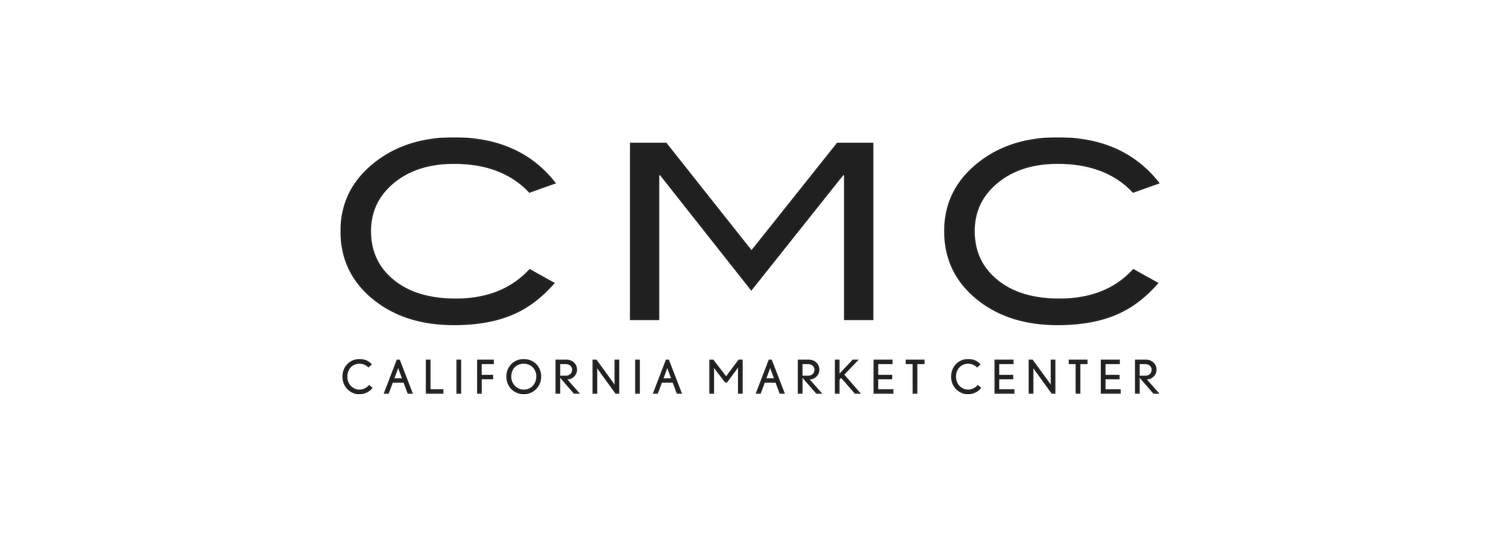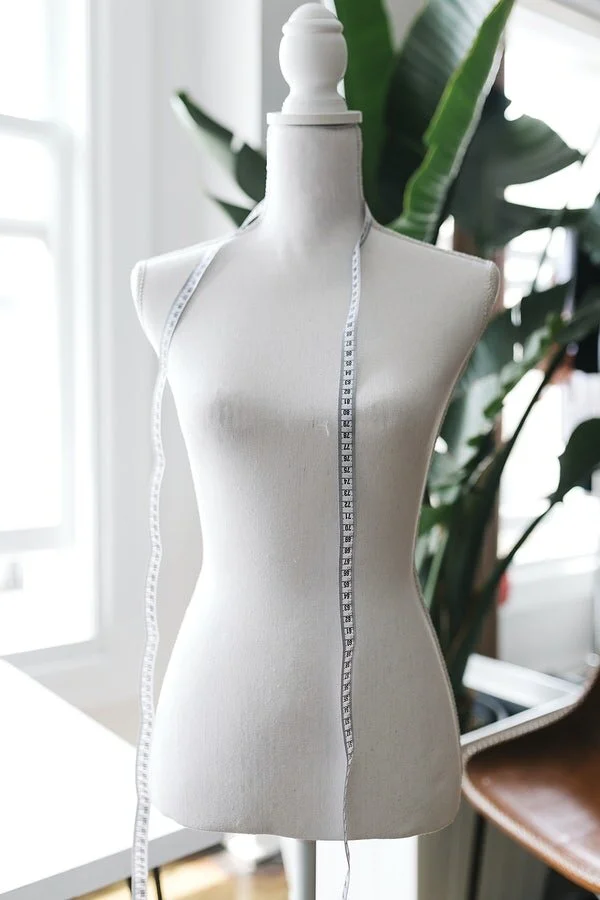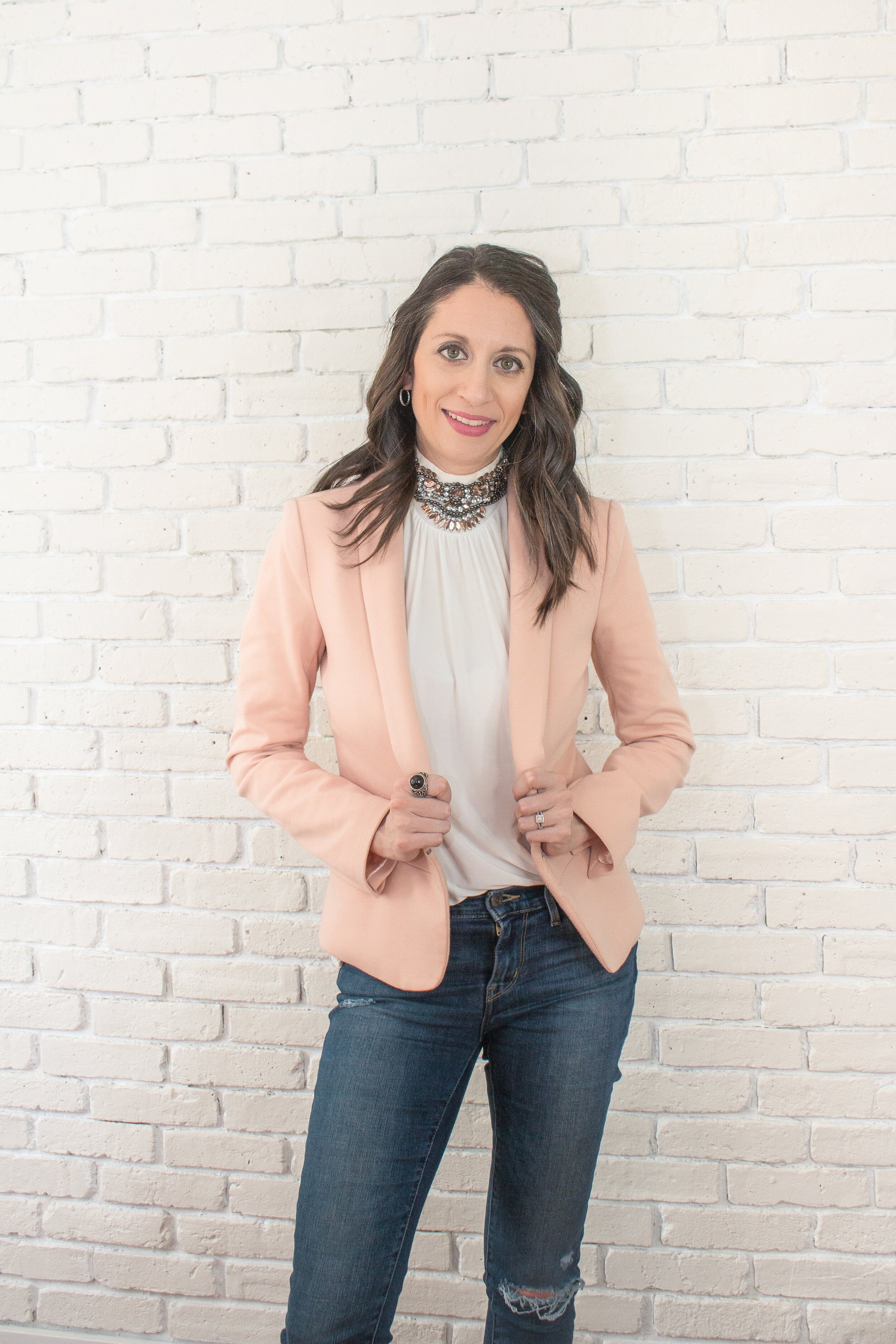Designing With Prints | by Fashion Angel Warrior
How to Design a Line with Print Designs
Founded by Christine Daal, Fashion Angel Warrior is a key resource for emerging and independent designers at LA Textile, sharing years of expertise to a packed room of LA Textile seminar attendees every show season. We’re excited to share Christine’s excellent insights and tips below for designing with print fabrics. Read on and enjoy! -California Market Center
—
FROM CHRISTINE DAAL, FASHION ANGEL WARRIOR:
Today we’re discussing how to design into your fabrics using print designs. I'm a very big proponent of sourcing fabrics first and then designing into them. This just makes you a better designer. Established designers don't think of something in their head and then try to find that fabric specifically for that idea. They work the opposite way. Let your fabric be the inspiration — that’s going to make you a great designer.
Let’s Design With Prints
There are some very important aspects to keep in mind when you are designing with prints. So let’s talk about the 5 main types of print designs: all-over prints, matching prints, placement prints, scarf prints, and border prints (single or double). You want to think about where the print is going to be placed and what it will actually be used for so that nothing strange happens (like big flowers in the chest area or a border on a curved hem that’s going to get cut off). There’s a lot of things you want to keep in mind and our How to Design with Trends and Prints Course includes a cheat sheet with all of the things to keep in mind.
Print Designs: All-Over Prints
All-Over Prints are prints that you can cut in any direction because the pattern goes all over. There are some all-over prints that actually have some rhyme or reason to them. The placement on these prints are usually very different for each piece you make from it. However, the consumer will not be able to tell. If you think for some reason, the end consumer will notice, then you're going to want to cut the print as a placement print, not as an all-over print.
Print Designs: No Print Prints & Matching Prints
No print prints are things that from far away look like a solid color. Matching prints are things like stripes, checks, and chevrons. These are typically matched at the seams. This is actually how you can tell the difference between a high-end or a low-end garment. High-end garments are always matched especially at the side seams and the center back. Low-end garments are usually not matched because it takes more fabric to match a print. For chevrons, it depends. If it's a smaller chevron it may not be a big deal to match, but if it is larger you may want to match it.
Print Designs: Placement Prints, Scarf Prints, Border Prints
Now let’s talk about placement prints. I absolutely love placement prints because they can make an ordinary garment look totally unique. These prints are prints that need to be cut in a specific spot and that spot needs to match on every single garment no matter what size the garment is.
Scarf prints are also a little tricky. They are known to be in the shape of a scarf or a square shape. They have to be laid out in a very specific and strategic way in order to maximize not only the beauty of the garment but also the squares. Next, is border prints. You can place the border on the top, bottom, sides, etc. but the border does need to be engineered to be in a certain spot, similar to placement prints.
Tips For Selecting Print Designs
The larger the print, the fewer seams you’ll want in your design.
Small prints can almost look like a solid fabric from a far (no print prints)
Try wrapping prints around you, holding them up against your body, and looking in a mirror to get an idea for scale.
Placement and matching prints usually means there will be a lot of waste which can add significantly to your cost and MSRP, so do a trial layout before cutting.
Order more fabric than you think you need, especially when making up your first samples.
If your print is a one-way design, cut all the pattern pieces facing the same direction.
You may need to change the grain line depending on the type of print. It’s usually ok to change the length grain to cross but try to avoid changing anything that is bias to non-bias and vice versa.
When using border prints along the hemline, make sure the garment length is correct and choose your hem finish wisely. A 1 inch bend back blindstitch may absorb some of the beauty of your print.
When choosing border prints, use styles where the hemline is cut straight across the grain, not curved. You can use a pattern with a curved hemline, but you’ll lose some of the border detail as you get closer to the side seams (you may or may not be ok with the look of this depending on the border).
Don't forget to think about grading. Most prints have a maximum repeat size of 36 inches which means if you are placing a huge placement flower at the hem of a dress, your sweep can only go as much as 72 inches total (36 inches each) otherwise you will start cutting into the next flower which will ultimately waste too much fabric.
Check with your mills on the method of printing that will be used and any size &/or color limitations that may occur.
Succeeding as a Designer
The mark of a great designer is always designing so the beauty of the print design remains intact. One of the reasons my line was so successful was because not only did I choose really beautiful prints, I made sure they were cut in a way that would utilize the print really well. In order to do this you need detailed marker layouts. You have to be able to utilize prints in a cost effective manner for mass production.
So let’s talk about what a marker is. A marker (and I’m not talking about a coloring marker) is a long sheet of paper, usually the same width as your fabric, that contains all the pattern pieces that need to be cut for a particular fabric. It’s going to have one of every single size unless you’re doing a very specific marker, it might have more than 1 of every size. All of the pattern pieces are condensed in a way that's going to show the best layout to produce the least amount of fabric waste. The computer will mix all of the pieces together (like puzzle pieces) and see how they fit as best as possible in order to reduce fabric waste and while remaining on grain. The grain line is very important. Patterns can’t be marked unless you know what your grain line is.
If you’d like to learn more about the details of designing with prints, we have an amazing course called Design Like a Boss: How to Design with Trends and Prints. Check out more of our Online Courses on Digital Marketing, Instagram, and more! And, if you want more FREE information on how to be a great designer, be sure to join the Fearless Fashionpreneur Facebook Group where we do Live Trainings!
XO Christine Daal, CEO Fashion Angel Warrior
LA TEXTILE X CMC UPLOADED
MEET CHRISTINE VIA ZOOM
FOR MORE INSIGHTS AND Q&A
WEDNESDAY, OCTOBER 7 • 2:00PM (PST)
This season, LA Textile is going online via CMC Uploaded, our new Virtual Events Series. Join Christine Daal of Fashion Angel Warrior for her live Virtual Exhibitor Spotlight Session. Meet Christine, learn about her company’s services and engage in real-time Q&A.
ABOUT FASHION ANGEL WARRIOR
Founder of fashion & marketing consulting agency, Fashion Angel Warrior, Christine Daal’s experience spans over 15 years in the industry. By age 30, she became a VP of Design & Merchandising and then started her own successful fashion line. Today she coaches fashionpreneurs on how to leave their 9-5 to have their own profitable business. Through group coaching, online courses, project and digital management, and fashion manufacturing tours in NYC, LA, and Miami, her goal is to help you turn your passion for fashion into a reality.
info@fashionangelwarrior.com | 917-426-2629
Christine Daal




